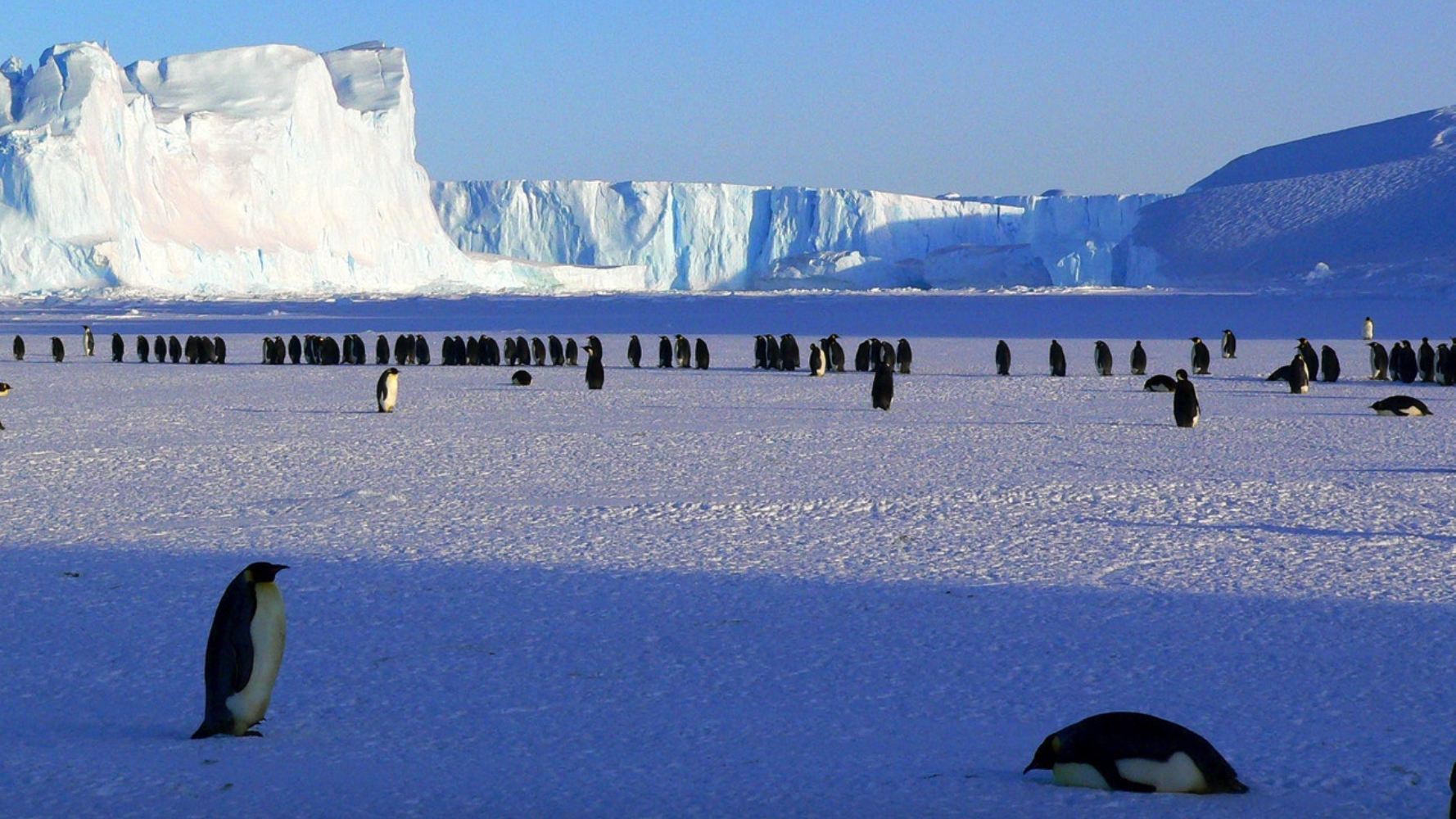Tundra Ecosystem

- 23 Apr 2024
Why is it in the News?
A recent study has warned that the warming planet may alter the characteristics of tundra environments and could transform them from carbon sinks to carbon sources.
About Tundra Ecosystem:
- The Tundra ecosystem is one of the unique ecosystems of the planet.
- The adverse climatic conditions of tundra regions like dry winds, meager precipitation, and extreme cold make it a unique and desert-like ecosystem with treeless fields.
- These harsh climatic conditions of the tundra region make the survival of plant and animal species quite severe.
Key Characteristics of Tundra Regions:
- Low Temperatures: Tundra areas experience frigid temperatures, ranging from -34 to -6 degrees Celsius (-30 to 20 degrees Fahrenheit).
- Short Growing Seasons: The tundra's summer growth period lasts merely 50 to 60 days, with sunlight persisting up to 24 hours a day.
- Permafrost: Below the surface lies a layer of permanently frozen soil, varying from a few inches to several feet thick.
- Minimal Precipitation: Despite being likened to deserts in terms of moisture, tundra regions receive low precipitation levels, primarily in the form of snow.
- Limited Biodiversity: Harsh conditions in the tundra support fewer plant and animal species compared to other biomes.
- Carbon Sink: Tundras serve as significant carbon storage areas due to the slow decomposition rates in their cold environments.
Types of Tundra:
- Arctic Tundra: Found north of the taiga belt in the far Northern Hemisphere, encompassing regions between the North Pole and the boreal forest, including parts of Canada, Russia, Greenland, Iceland, Norway, Sweden, and Finland.
- Alpine Tundra: Prevails above the tree line in mountain ranges worldwide, such as the Rockies, the Andes, the Himalayas, and the Alps.
- Antarctic Tundra: Encompasses several sub-Antarctic islands and portions of the Antarctic continent.
Flora and Fauna:
- Flora: Common plant species in tundra regions include mosses, lichens, sedges, cotton grass, and birches.
- Fauna: Wildlife in tundra ecosystems includes Arctic foxes, snow geese, polar bears, and other cold-adapted species.
